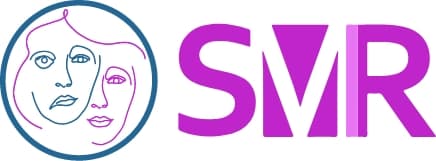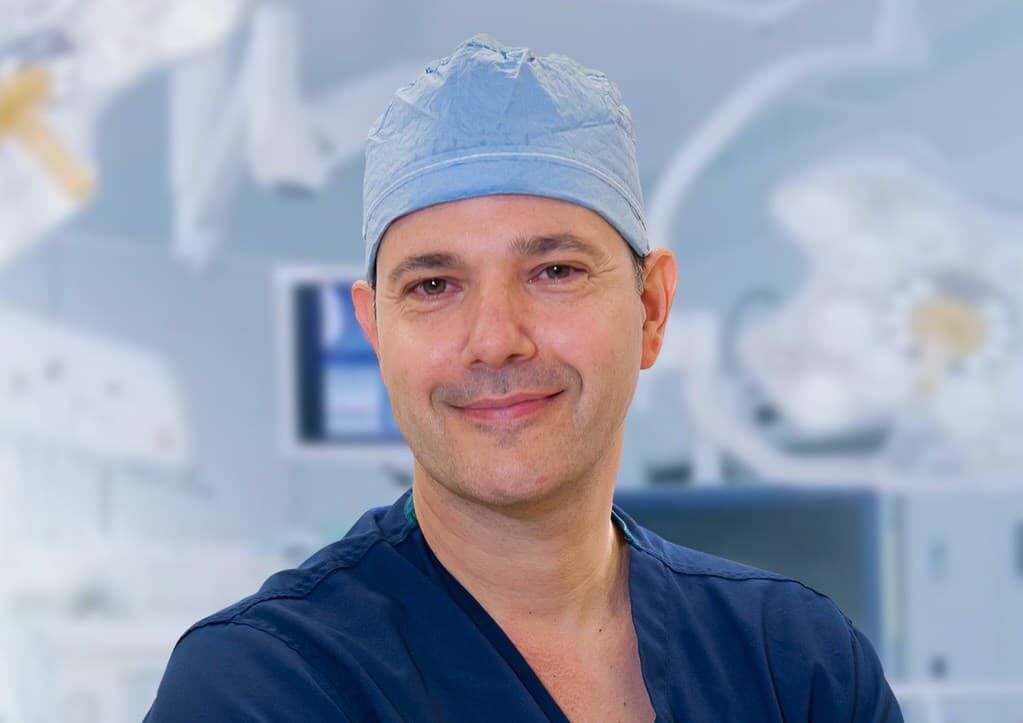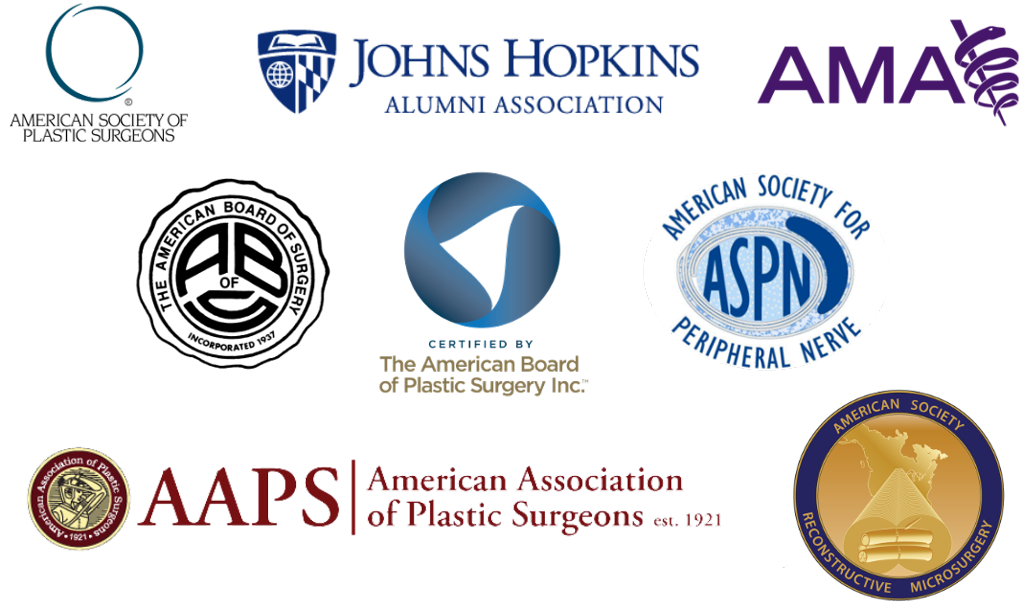Shai M. Rozen, M.D., F.A.C.S.
1801 Inwood Road
Dallas, TX 75390
Phone: (214) 645-2353
Monday–Friday: 8 a.m.–5 p.m.
Presentation & Classification of Facial Paralysis
Facial paralysis, also called facial palsy, results from an injury to the facial nerve (seventh cranial nerve). This complex nerve has multiple roles in the face. It’s responsible for facial movement, certain sensations such as taste, tear production, and even some skin sensation. Therefore, injury to this nerve affects the face at many levels.
At the University of Texas Southwestern Medical Center, Dr. Shai Rozen, one of the world’s leading facial paralysis surgeons, and a team of expert neurotologists and neurosurgeons, have extensive experience diagnosing and treating facial paralysis in adults and children. This site was created with the encouragement of numerous patients with the goal of educating patients about the causes of facial paralysis, possible treatment options, empowering you or your loved ones to pursue a path to improved facial function, facial balance, and renewed confidence.
What causes facial paralysis?
There are quite a few causes for facial paralysis. Some are reversible and others more lasting. Although certain symptoms and findings are similar in many patients, there may be unique findings in each individual related to the specific cause of palsy and the specific area in which the injury occurred in some cases.
Visit the following pages to learn about the most common causes of facial paralysis:
- Bell’s Palsy
- Ramsay Hunt Syndrome & Other Infections
- Acoustic Neuroma & Other Tumors
- Moebius Syndrome & Other Facial Paralysis in Children
- Facial Paralysis After Surgery
- Facial Nerve Trauma
Patients reading these pages may find a mention of their cause of facial palsy but should know that there are numerous etiologies that cannot all be covered here.
What does the facial nerve do and how is it unique?
Motion and Emotion
The facial nerve innervates and activates the majority of the muscles in the face. These muscles of expression, also called mimetic muscles, enable us to smile and convey happiness, excitement, surprise, and many other emotions. In fact, the facial nerve is the only nerve in our body that conveys emotions. Additionally, the facial nerve is responsible for facial tone—maintaining facial symmetry when the face is at rest, even when we don’t voluntarily create motion. When it’s injured, the face loses symmetry at rest.
The facial muscles are also responsible for many of the other functions in the face, including:
- Sealing the lips
- Maintaining food and liquids in the oral cavity
- Raising the brow
- Closing the eyes
Tears and Corneal Protection
In addition, the facial nerve innervates the muscle responsible for eye closure and the lacrimal gland that is responsible for tear production. The combination of decreased tear production and inability to close the eye appropriately can create a dry eye. Associated symptoms include burning and constant dryness, corneal injury, and in extreme cases, blindness.
Eating and Taste
The facial nerve innervates the muscles around the mouth area responsible for lip closure and cheek tone, which are both critical for eating. These muscles help prevent food or liquids from escaping the mouth. They also help move food inside the mouth and prevent it from being trapped between the teeth and cheek.
Because the facial nerve is also responsible for conveying taste from the anterior two-thirds of the tongue, facial nerve injury will often change the ability to taste.
Hearing
The facial nerve also innervates one of the muscles involved in hearing, the stapedius muscle. This is the smallest muscle in the body and it is connected to the smallest bone in the body, the stapes. Injury to the facial nerve may cause regular volume to sound very loud (hyperacusis).
In other scenarios, such as after surgery to remove tumors at the base of the skull, patients may have facial paralysis combined with hearing loss. The reason for this is the close proximity of the facial nerve to the vestibular cochlear nerve (8th cranial nerve) responsible for hearing and balance.
Breathing Through the Nose
The facial nerve innervates small muscles around the nose that help open the nostrils. Injury to the facial nerve can paralyze these muscles; often the nostril on the paralyzed side collapses. Patients often feel difficulty breathing through the nostril, especially when taking a deep breath through the nose.
Dr. Shai Rozen
Dr. Rozen is a board-certified plastic surgeon who co-created a facial paralysis specialty group with colleagues from otolaryngology & neurosurgery at the University of Texas Southwestern Medical Center.
Meet Dr. Rozen
Presentation and Classification of Facial Paralysis
Since the degree of injury and recovery of the facial nerve may vary, patients may have different symptoms ranging from complete (flaccid) facial paralysis to a weak face to a nearly complete recovery with minimal signs of the initial event. A unique group of patients will seem to have recovered completely at a certain point, only to later result in an exaggerated recovery of the facial nerve. These patients may develop synkinesis and hypertonicity. Patients with synkinesis will often complain of uncontrolled and uncoordinated facial motions when trying to smile, eat, or speak, most commonly closure of the eye when eating or attempting to smile and excessive facial tone on the initially paralyzed side. More on these situations below.
Patients With a Flaccid or Weak Facial Paralysis
The majority of patients with facial paralysis (aside from patients with a slowly progressive tumor in whom paralysis slowly progresses over time) will experience an initial stage of complete facial paralysis in which they cannot move any portion of their face.
Depending on the cause, most patients slowly improve from this stage and achieve either complete recovery or a partial recovery regaining part of the facial strength. However, some don’t achieve any motion and remain with a flaccid face (a face that doesn’t move) despite all efforts. This means patients cannot:
- Raise their forehead
- Close their eyes
- Breathe well through the nose on the affected side
- Smile
- Purse their lips
They can also have difficulty eating, with food often becoming stuck between the teeth and the cheek. They sometimes suffer from drooling, especially when drinking.
The primary goals of treatment are to initially protect the eye and then restore as much motion as possible to the different areas of the face (called facial reanimation), while the overall goal is to get patients to as close as possible to normal. The strategy for doing this depends on the duration of paralysis.
Patients With Synkinesis
Some patients with facial paralysis experience an improvement in function, and 6 months after the paralysis begin to feel fairly symmetric. They then start experiencing a sense of increasing tightness in the face and uncoordinated facial motion called synkinesis. This can affect the face at rest and in motion.
Symptoms of Synkinesis
Tightness: When the face is resting, patients often feel a sense of fullness and tightness in the cheek. This tightness can also be felt in the neck. Many patients complain of pain at the end of the day, especially when they are tired.
Distorted facial features: The corner of the mouth is most commonly pulled down, while the upper lip is sometimes pulled up. The brow on the affected side is usually lower but can sometimes be pulled upward. Very often, the distance between the upper and lower eyelids, which was initially very large when the paralysis started, is now much smaller. This makes it look as though the eye is constantly smaller and tight, a phenomenon also often termed blepharospasm.
Uncoordinated facial movements: During animation or movement of the face, patients may experience paradoxical facial movements and uncoordinated motion. This means that when a patient is trying to move one part of the face, another portion of the face moves simultaneously without intention. For example, when trying to smile or eat, the eye contracts, or when closing the eye, the lips move.
Additionally, sometimes the muscles of the face work against each other. For example, when patients attempt to smile, the corner of the mouth pulls downwards, essentially freezing the smile on the affected side. This inhibits the smile similar to when patients suffered from complete paralysis, but in a very different mechanism.
With synkinesis treatment, the main goal is to rebalance the face. This is often done by weakening excessively strong regions of the face and sometimes by strengthening others. The strategy for this depends on the duration of paralysis.
A Valuable Resource for Those Affected by Facial Paralysis
If you, a loved one, or a patient is affected by facial paralysis, it’s crucial to have accurate, up-to-date information about symptoms and solutions. Board-certified plastic surgeon Dr. Shai Rozen, a specialist in facial paralysis and facial aesthetics, created Your Guide to Facial Paralysis & Bell’s Palsy to be a readily accessible resource for all.
This downloadable, printable e-book makes it easy to understand:
- How paralysis affects the face
- When it’s time to see a specialist
- Common causes of facial paralysis
- The difference between facial paralysis and Bell’s palsy
- Myths and facts
- The latest treatment options
- Answers to common questions
Get your free copy today—to download or view in your web browser—by completing the following fields:

Facial Paralysis FAQ
Does facial paralysis go away on its own?
Whether facial paralysis completely resolves, partially resolves, becomes synkinesis, or becomes permanent depends on multiple factors, including etiology, or in other words, the reason for paralysis (for example, Bell’s palsy, Ramsay Hunt syndrome, trauma, surgery, tumor, etc.), whether the facial nerve has been cut and not repaired, age of the patient, previous treatments, and more.
Regardless of the cause, if facial movement does not return within 3 months, we recommend consulting with a facial paralysis surgeon. Early intervention leads to the best possible outcomes.
Are there warning signs before it happens?
Possible warning signs depend on the reason for the paralysis. In the case of Bell’s palsy, which is a facial paralysis of unknown etiology, there can be early signs such as a low fever and pain in the ear, head, or neck; however, these symptoms can have other causes as well and may not always appear. In cases of Ramsay Hunt syndrome (herpes zoster oticus), which is a reactivation of the virus that causes chickenpox (varicella zoster), sometimes patients report small fluid-filled blisters or a rash on the face and ear. Not all patients have these symptoms, so the absence of a rash does not rule out Ramsay Hunt syndrome. Other etiologies will be associated with more pronounced signs, such as trauma or surgery.
Can stress trigger facial paralysis?
Although the connection is difficult to prove, stress can weaken the immune system, which has been linked to Bell’s palsy.
How do you fix facial paralysis?
Treatments for facial paralysis vary with its location, duration, and severity. Surgical options include nerve grafts and transfers, muscle transplants, and, in cases of synkinesis, weakening dysfunctional muscles with selective myectomies and neurectomies. Additional treatment strategies that should be incorporated and work synergistically with surgery are physical therapy and BOTOX® injections. A facial paralysis specialist can give you the widest range of treatment options that fit your specific situation. It’s important to see a facial nerve surgeon for facial paralysis that lasts longer than 3 months.
Can facial nerves grow back?
The ability of a nerve to recover depends on the degree of injury. There are several different medical classifications for degrees of nerve injury, but common to all is that the degree of recovery depends on the severity of the injury. In other words, very mildly injured nerves can repair themselves to their normal pre-injury status, nerves with moderate-level injuries will only partially recover, and in cases of severe injuries, such as when the nerve has been severed (cut), no recovery is expected.
Does facial paralysis primarily impact older adults?
People of all ages can suffer from facial paralysis. For example, Bell’s palsy is not common in older adults; it typically affects people ages 15 to 45. Conversely, facial paralysis related to tumors, especially cancer, is more common in patients in their 50s to 70s. Trauma occurs more commonly in the younger population but may occur in any group.
Next Steps
Dr. Shai Rozen and his team have helped many people with facial paralysis and synkinesis restore facial balance and their quality of life. If you or a loved one needs help with diagnosis or treatment, Dr. Rozen encourages you to request a consultation using our online form.


